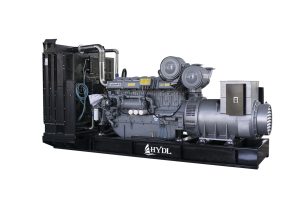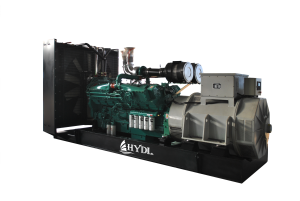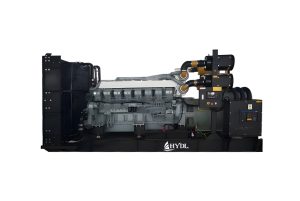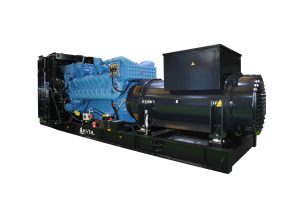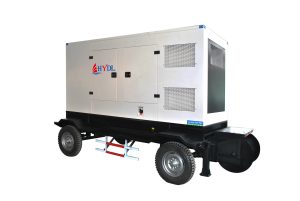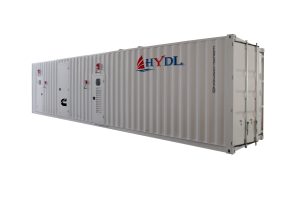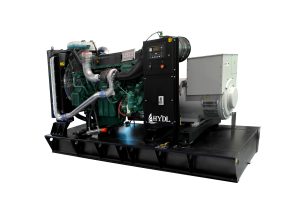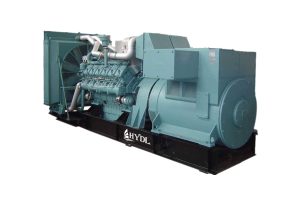Silent diesel generators are specially designed to operate with minimal noise, making them ideal for use in environments where noise reduction is crucial. These generators are typically enclosed in sound-attenuating materials and are engineered to produce as little noise as possible during operation. Here are some key features and aspects of silent diesel generators:
Sound-Attenuated Enclosure: Silent diesel generators are housed in enclosures that are specifically designed to absorb sound. These enclosures often use materials like foam insulation or other sound-absorbing materials to minimize noise emissions.
Low Noise Level: The noise level of silent generators is significantly lower compared to standard diesel generators. They are often rated in decibels (dB), and the noise level can vary, but they are generally much quieter than traditional models.
Applications: Silent diesel generators are used in residential areas, hospitals, offices, schools, and other locations where noise pollution is a concern. They are also popular at events such as weddings, outdoor parties, and film sets.
Compact Design: Many silent generators have a compact design to facilitate easy storage and transport. This is especially important in urban or residential settings where space might be limited.
Vibration Damping: These generators often incorporate vibration dampers to reduce the vibration noise that is typically generated by diesel engines.
Exhaust Silencers: Silent generators are equipped with exhaust silencers, which play a significant role in reducing noise levels.
Fuel Efficiency: Despite their focus on noise reduction, silent diesel generators are also designed to be fuel-efficient and to produce lower emissions.
Power Output: Silent generators come in various sizes and power capacities, making them suitable for a wide range of applications, from small-scale domestic use to larger industrial applications.
Maintenance and Accessibility: The design of silent diesel generators usually allows for easy access to components for maintenance and repair, while still maintaining sound-proofing qualities.
Cooling Systems: They often use advanced cooling systems to prevent overheating, which is important given the enclosed design.
Remote Monitoring and Control: Some models may include features for remote monitoring and control, allowing users to operate the generator and check its status without needing to be physically present.



